This post may contain affiliate links.
Vinyl plank flooring is a top choice for many homeowners. It’s stylish, easy to maintain, and extremely durable. However, like most flooring types, it still needs to be properly cleaned and regularly maintained to keep looking fresh and new.
Fortunately, cleaning vinyl plank flooring is relatively straightforward if you use the proper techniques and products. This guide outlines how to clean vinyl plank flooring, remove stains, and other tips on maintaining it without damaging it.
This post may contain affiliate links, which means I will earn a small commission if you purchase through my link. Please see the full disclosure and privacy policy for more information.
What is Luxury Vinyl Plank Flooring?
Luxury Vinyl Plank (LVP) Flooring is a type of floor covering that mimics the look of traditional hardwood but is made from vinyl instead. It is designed to be durable, low-maintenance, and water-resistant, making it an ideal choice for high-traffic areas such as bathrooms and kitchens. This type of flooring comes in various styles and colors, allowing you to match it perfectly to your home décor.
LVP is constructed with multiple layers. Its wear layers protect from stains, scratches, and damage, and a water-resistant central core layer for added strength. The thickness of the wear layer can vary, with thicker wear layers providing greater durability but without the high cost and maintenance needs.
Step-by-Step Guide on How to Clean LVP Flooring
Supplies List
- Broom, vacuum cleaner, or dust mop
- Microfiber mop – O-Cedar Easy Wring Microfiber Mob & Bucket is the one I use.
- Bucket
- Liquid dish detergent – I prefer the Dawn dishwashing liquid
- Vinegar
Step 1 – Gather your supplies
Before cleaning your vinyl plank floors, gather all necessary cleaning supplies in one place. These may include a broom or vacuum cleaner, a microfiber mop, dish soap, and a bucket. Once you have gathered all your supplies, you can start cleaning your vinyl plank floors.
Step 2 – Sweep or vacuum debris off the floor
Sweep the floor thoroughly to remove loose dirt and debris. This step will help make the cleaning process much easier. Pay extra attention to high-traffic areas and spots under furniture, where dirt likely accumulates. Collect the dirt and debris in a dustpan.
Step 3 – Fill the bucket with cleaning solution
Fill a bucket with warm water and add vinegar and two pumps of liquid dishwashing soap. Be cautious about not adding too much soap. Too much soap can make the floors sticky.
Step 4 – Mop the LVP floors
Dip the microfiber mop in the bucket of water and begin mopping the floor. Mop in small sections, rinsing your mop regularly and changing your mop water as needed for best results.
Microfiber mop heads are known for being gentle on your floors, easy to use and they won’t scratch your vinyl plank flooring.
Pro Tip – While vinyl plank flooring is known for its water-resistant characteristics, it’s not 100% waterproof. Therefore, when cleaning your vinyl plank flooring, avoid excessive water use. Do not over-saturate the mop, and wring out your mop thoroughly to avoid leaving excess water on the floor. Water can also seep through gaps between the planks and damage the subfloor. This can also lead to warping or other damage to the floors.
Step 5 – Let it Dry
Allow your floors to dry fully. To help expedite the drying process, turn on a ceiling fan in the room or open a window or door to allow air to circulate.
Optional Step – Get the gunk off
If you find that there is still stubborn scuff and built-up grime that remains on the floor, you can try one of the following products to remove it:
- Hardware lubricant
- Jojoba oil
- Isopropyl alcohol
- Hydrogen peroxide
- Toothpaste
- Baking Soda
- Apple cider or White Vinegar
Apply one of these products on a soft towel and gently rub it onto the impacted area until the dirt is removed.
What are some commercial cleaners that can be used?
There are a variety of commercial cleaners that can be used to clean vinyl floors. The best vinyl floor cleaner includes:
Rejuvenate Luxury Vinyl Tile Plank Floor Cleaner
Bona Multisurface Floor Cleaner Spray
Mrs. Meyer’s Multi-Surface Cleaner Concentrate
Tips on Maintaining a Clean Vinyl Plank Flooring
- Take care of spills and stains immediately – Act quickly if you accidentally spill anything on the floor. Try to wipe up spills as soon as possible to prevent staining.
- Vacuum and sweep regularly – To keep the floors clean and well-maintained, remove any surface debris or dirt using a broom or vacuum before proceeding with any wet cleaning.
- Use vinyl-friendly solutions only – opt for a specially formulated vinyl floor cleaner that won’t leave any marks or residue. Many products are available on the market specifically designed for this type of flooring, so you can find something that suits your preferences and budget.
What should you not clean vinyl plank flooring with?
- Avoid using steel wool or abrasive scrubbers that could damage the surface. Instead, use a soft-bristled brush or mop and a mild cleaning solution.
- Try to avoid using wax-based products or solvent-based polishes. These products can leave residue on the surface of the flooring, making it appear dull and greasy.
- Don’t use harsh chemicals like bleach, ammonia, or ammonia-based cleaning solutions, as they can break down the vinyl, causing long-term damage such as cracking and shedding. These abrasive cleaners can also cause discoloration or even strip away the protective top layer, causing it to peel off gradually over time.
- Say no to a steam mop cleaner – While vinyl is often waterproof, it can’t handle water and the high heat steam produces. Using a steam cleaner may also void any warranties on your flooring.
- Bypass “mop and shine” products. These cleaning solutions can leave a dull film on the surface of your flooring.
How to Prevent Damage to Vinyl Flooring
To ensure that your luxury vinyl flooring stays clean, it’s important to take preventative measures. Some preventative measures include:
- Placing a doormat or area rug in entryways can help trap dirt and debris before it gets tracked onto the floor. This will encourage everyone to wipe their feet before entering.
- Removing outdoor footwear when inside, particularly in areas prone to high foot traffic. This will make cleaning your vinyl plank flooring a much simpler task.
- Avoid wearing high-heeled or stiff-soled shoes, as they could damage the flooring.
- To protect against furniture damage, use felt pads and vinyl coasters at the bottom of chairs and table legs. These floor protectors can safeguard against permanent indentations and prevent scratches on your beautiful flooring.
- Avoid dragging heavy objects and heavy furniture across the clean vinyl flooring.
How often should you mop a vinyl floor?
Maintaining clean and shiny vinyl plank flooring is important to keep its looks and quality intact. It’s best to mop your vinyl floor at least once a week or biweekly. A deep clean is recommended at least once a month, especially in heavy traffic areas where dirt and grime quickly accumulate.
If you have pets or young children, it might be necessary to mop more often, depending on the activity level at home.
Can you vacuum vinyl plank flooring?
Yes, you can vacuum vinyl plank flooring. However, you need to be careful when doing so and make sure that the vacuum head is not too abrasive, as it can scratch or damage the surface of the floor.
To ensure that your vinyl plank flooring remains in pristine condition, opt for a vacuum specifically designed for hardwood or laminate floors with soft bristles and adjustable suction levels.
Due to its durability and low maintenance needs, vinyl plank flooring is a popular choice for many homeowners. Maintaining the beauty of vinyl plank flooring is easy when you know how to clean it properly. Regular cleaning and care make your vinyl plank flooring look great for years.
Remember that prevention is critical in protecting the beauty of your vinyl plank flooring. Following these guidelines will help ensure that your vinyl plank flooring stays looking brand new for many years to come.
Other posts you might like:
I hope you have found these simple steps helpful. I’d love to hear your thoughts about this article, so leave a comment below. Feel free to follow me on my social media pages – Pinterest and Instagram or subscribe to my mailing list for other cleanings, designs, home decor ideas and inspiration.
Tamara White is the creator and founder of The Thrifty Apartment, a home decor and DIY blog that focuses on affordable and budget-friendly home decorating ideas and projects. Tamara documents her home improvement journey, love of thrifting, tips for space optimization, and creating beautiful spaces.


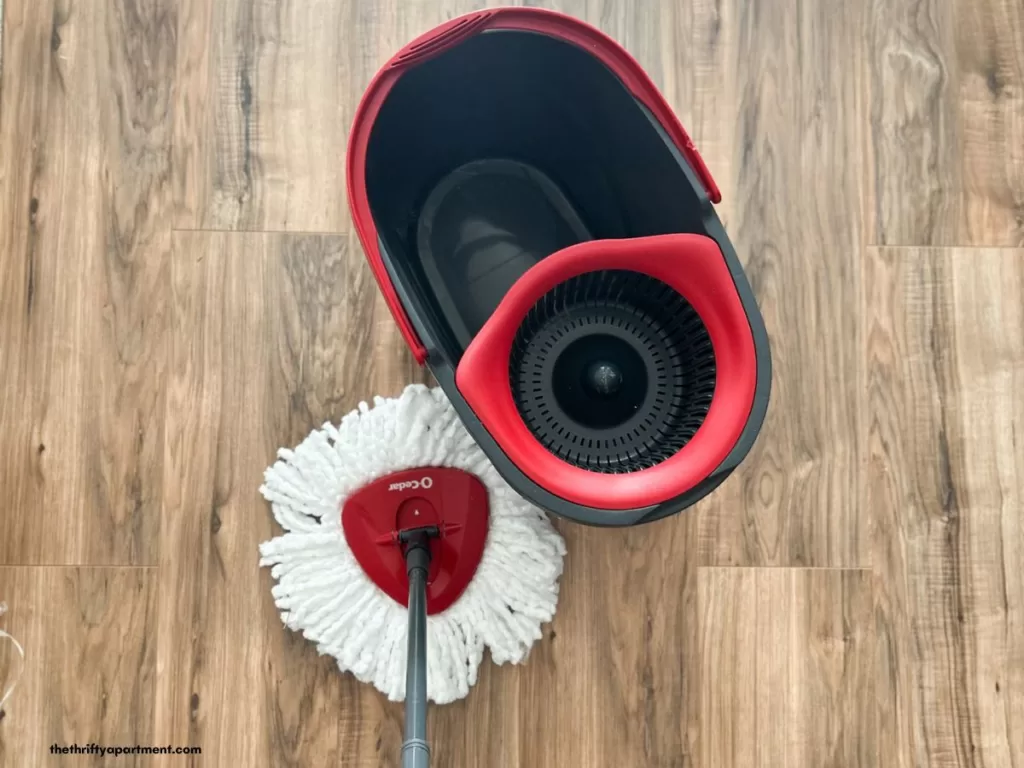



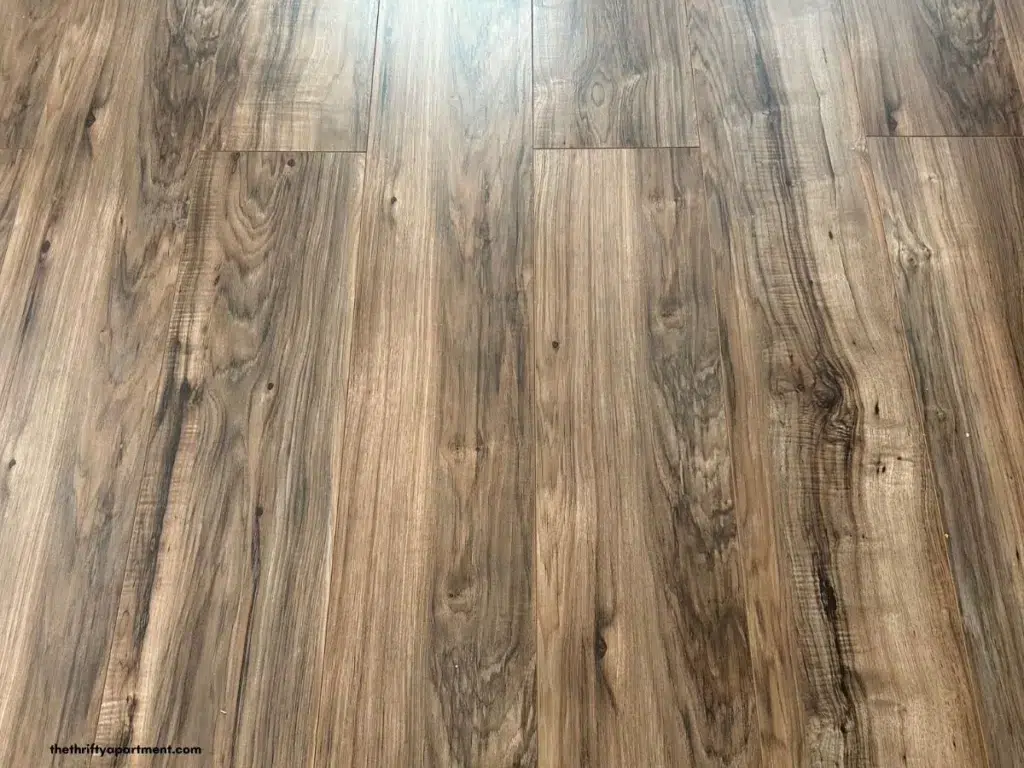
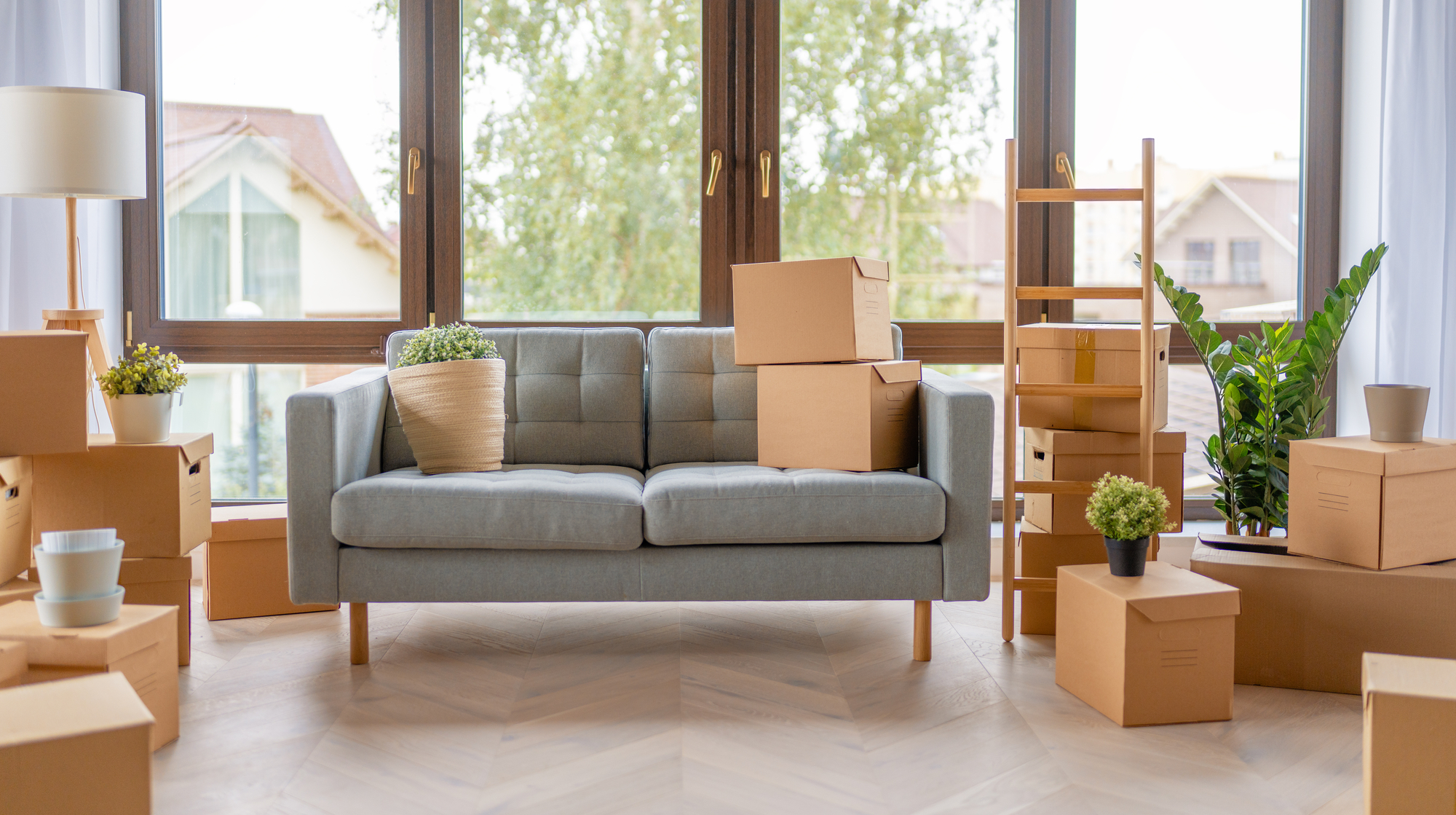
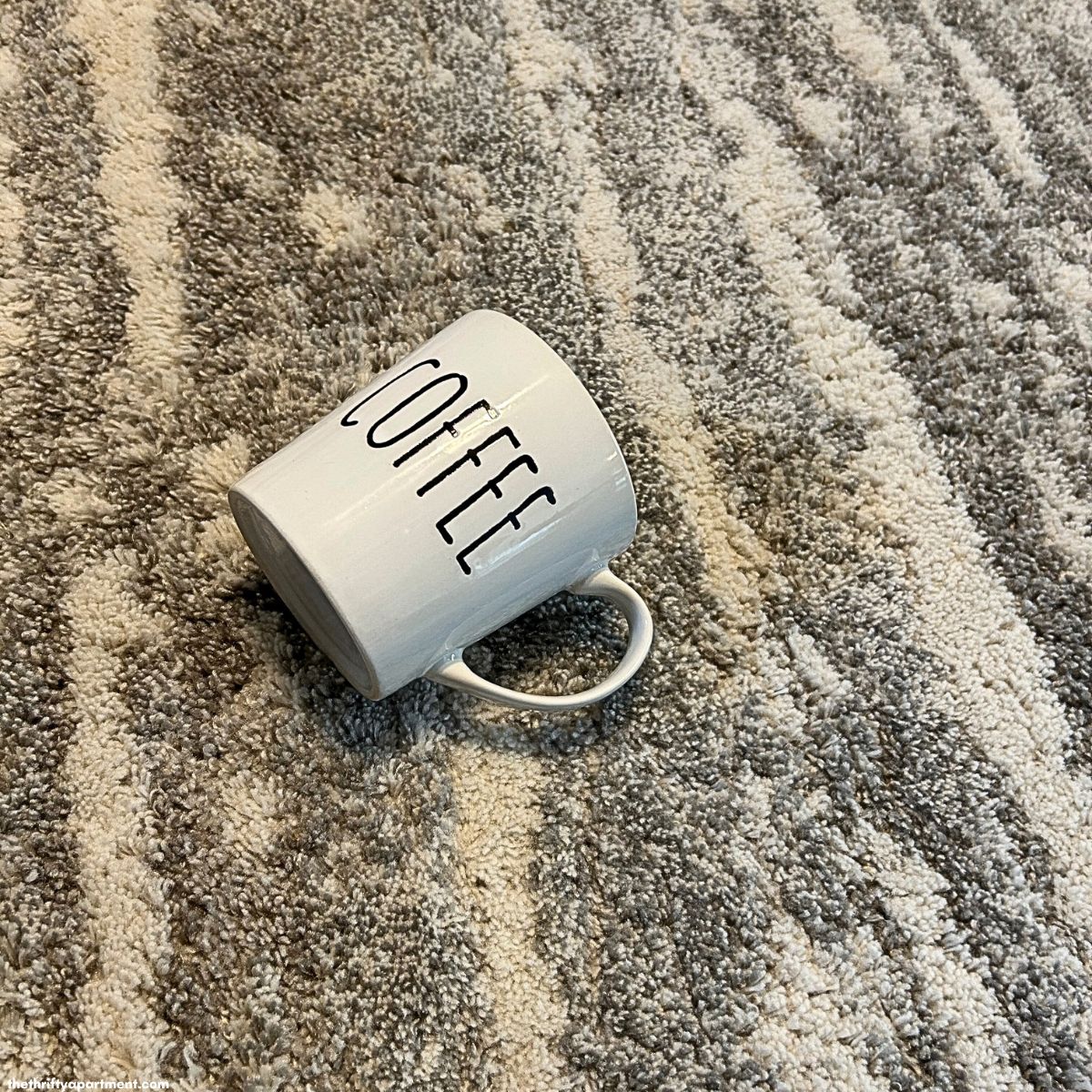
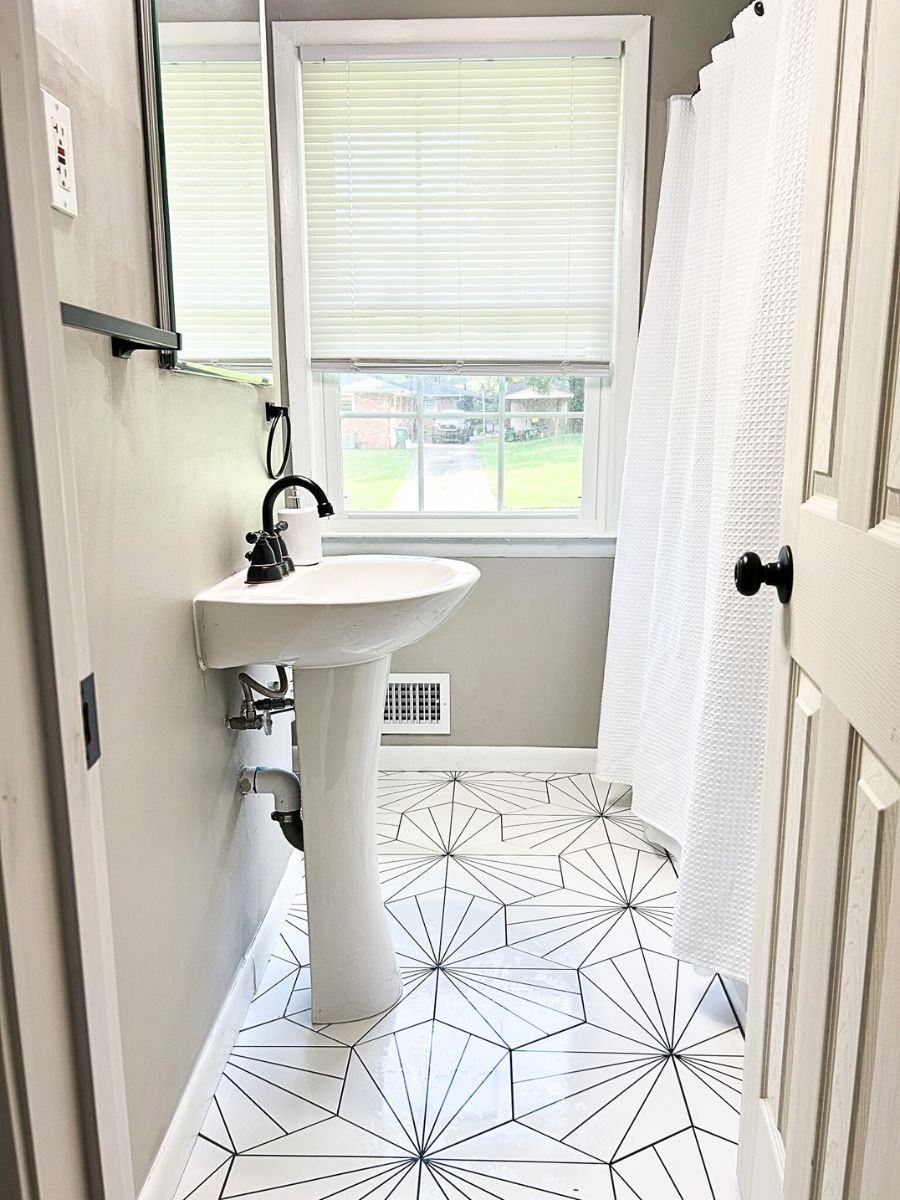
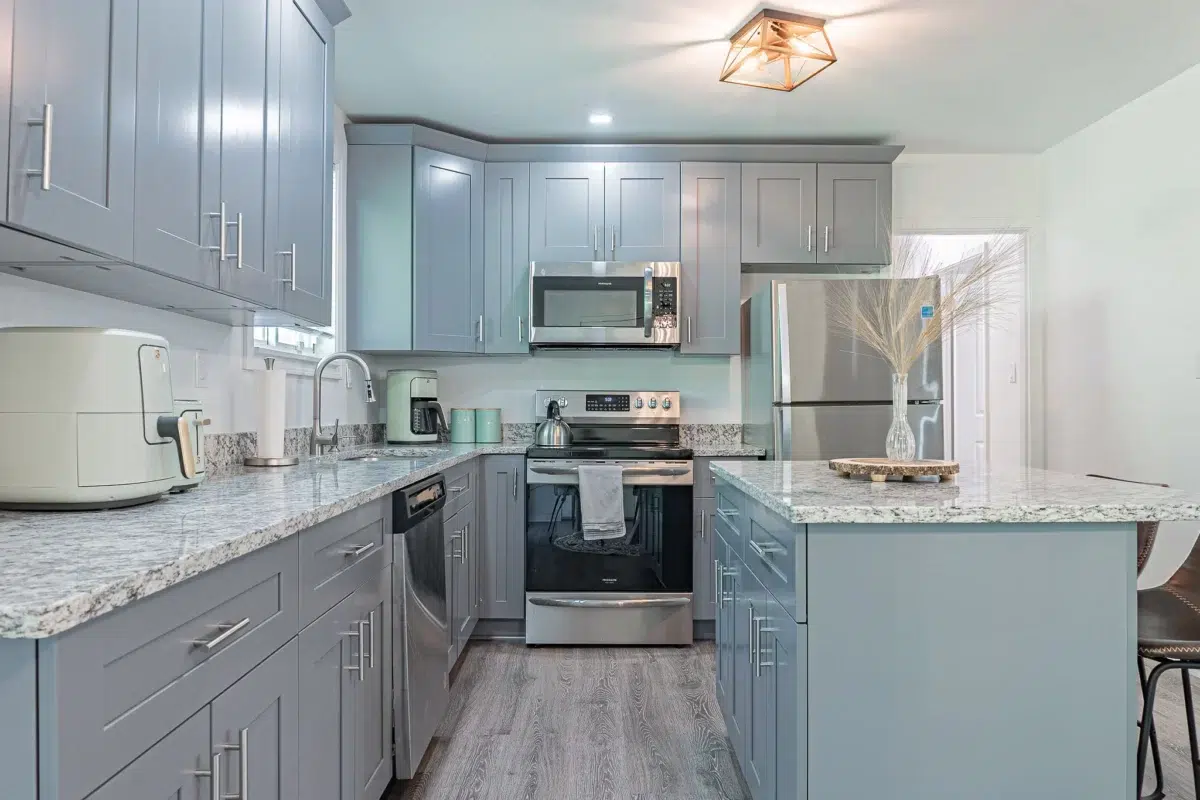
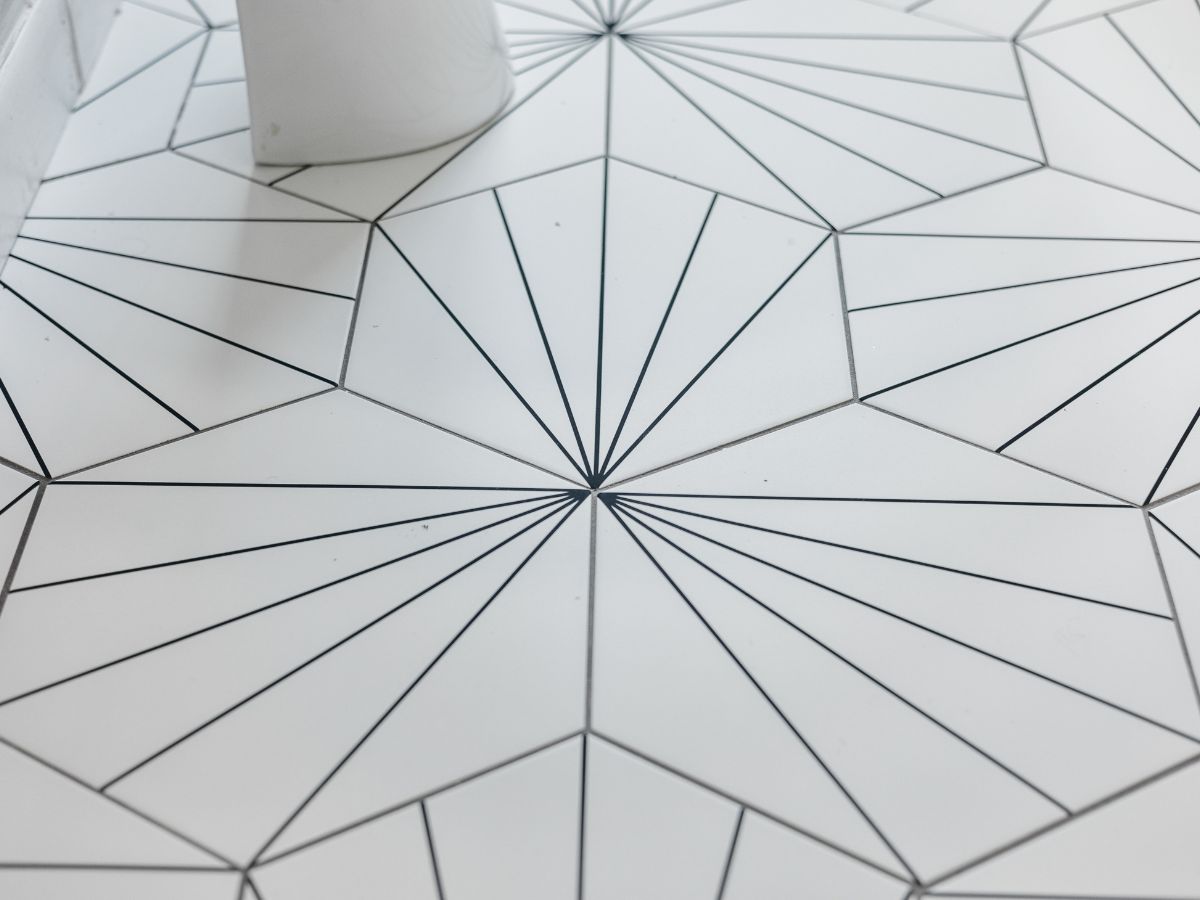
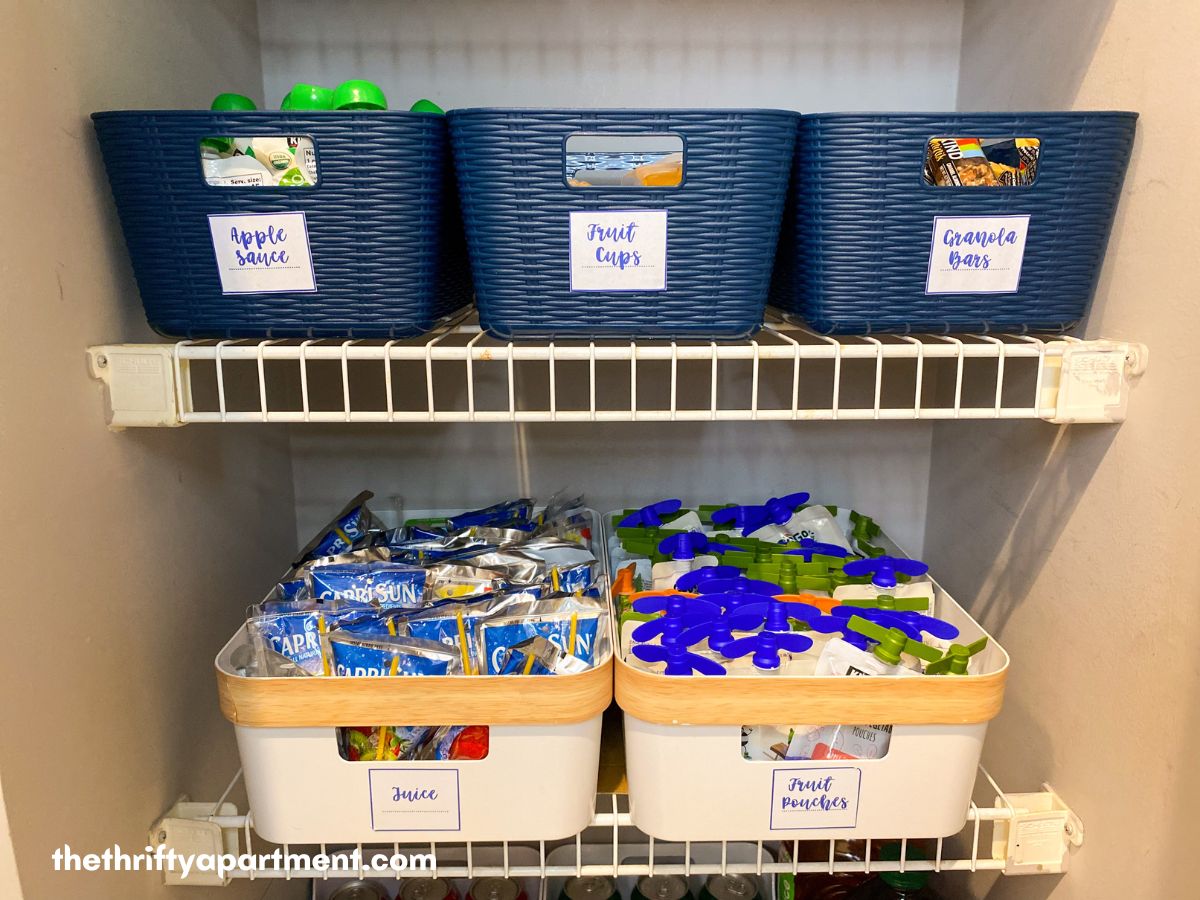
I love my kitchen flooring. Had it in my home, and now in my mobile home.. It makes the room look so clean and rich, and oh, so, easy to take care of.
Thank you,